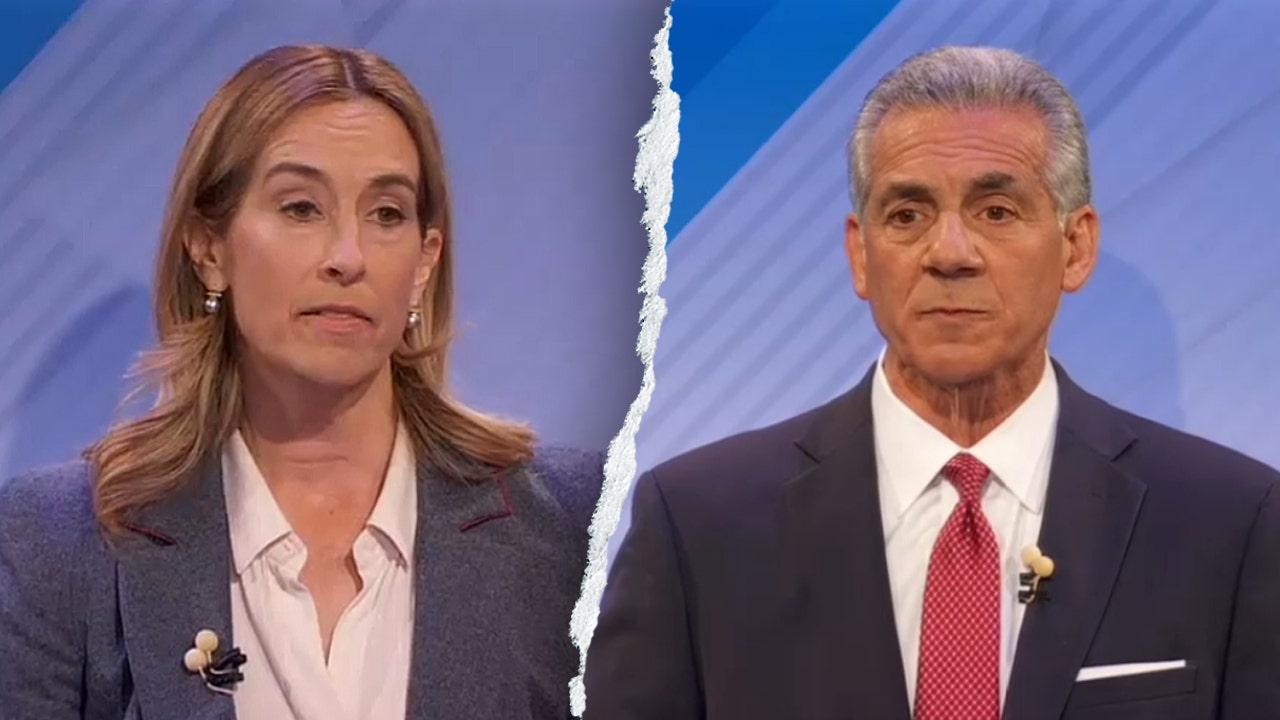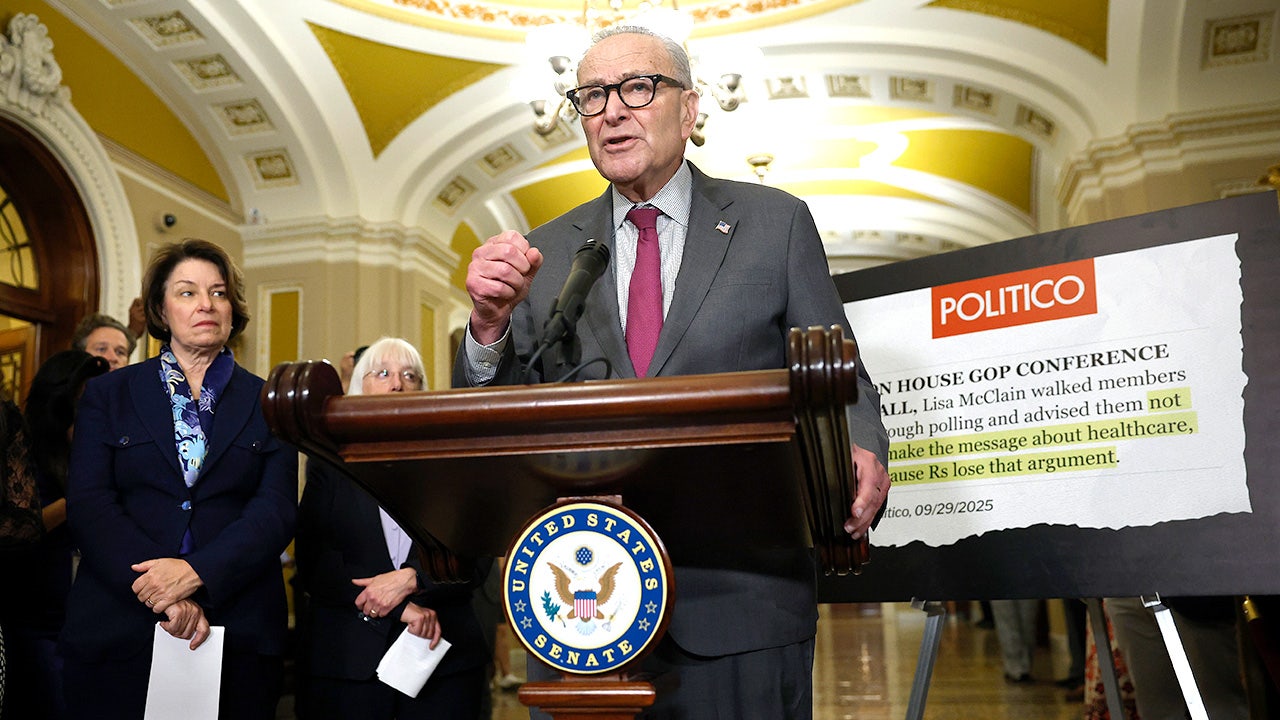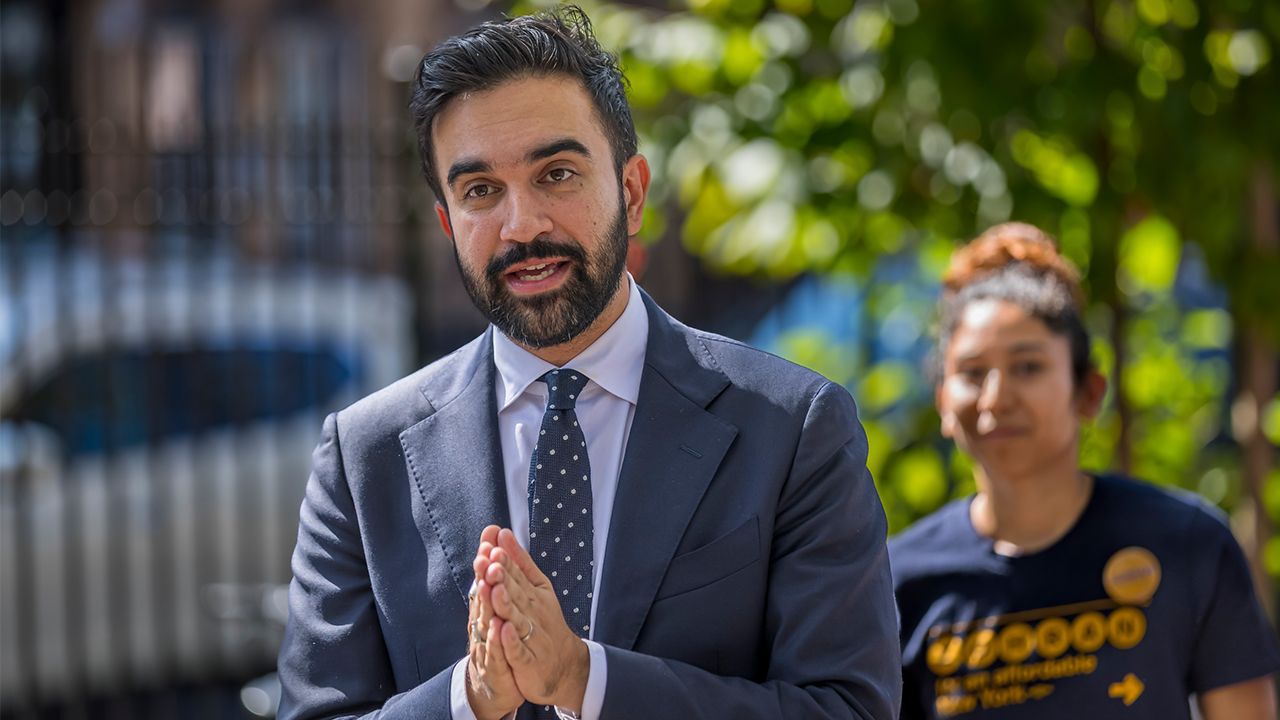 Don't enroll in a debt relief program this fall unless you've asked (and answered) a few important questions.
Atakan/Getty Images
Don't enroll in a debt relief program this fall unless you've asked (and answered) a few important questions.
Atakan/Getty Images
When debt piles up, it can start to feel like there's no way out. After all, credit card minimum payments barely chip away at your balances, the interest charges keep climbing, and if you're behind on your payments, the subsequent collection calls will add a steady hum of stress to your everyday life. That's why for many borrowers, the idea of enrolling in a debt relief program, which is a structured plan to tackle credit card balances and other unsecured debts, can feel like the best, and sometimes only, option.
That may be especially true in today's tough economic landscape. With inflation still high, credit card APRs sitting at over 22% on average and payment delinquencies ticking up across income groups, more borrowers have recently found themselves looking for solutions to their debt issues. Debt relief tends to be one of the top options to consider, and many borrowers are now exploring the programs that can help them consolidate or settle debts, often at a lower monthly cost than what they're currently paying.
Debt relief isn't a universal solution, though. These programs can be extremely helpful for the right borrower, but they also come with some big tradeoffs, including potential credit score damage and extra costs. So, before you make a move, it's crucial to step back and ask yourself a few key questions to ensure that enrolling is the best financial decision for you in today's economy.
Find out how the right debt relief strategy could help you get your finances back on track.
3 questions to ask before enrolling in a debt relief program this October
Before committing to any debt relief plan, asking yourself the following questions can help you make a more informed choice and avoid costly missteps.
Do you fully understand how the program works?
Debt relief can refer to a few different approaches, including debt settlement, debt consolidation, credit counseling and debt management. Each option has its own structure, benefits and drawbacks. For example:
- Debt settlement programs: These programs typically involve stopping payments to creditors and instead making monthly deposits into a dedicated account. Over time, the debt relief company negotiates lump-sum settlements with creditors, ideally for less than you owe. This can reduce total debt but may lead to credit score damage, late fees and collections activity in the short term.
- Debt consolidation: With debt consolidation, you use a new loan (often at a lower interest rate) to pay off multiple credit card balances at once, simplifying repayment into one fixed monthly payment. This works best if you can qualify for a competitive rate and stick to a strict budget to avoid new debt.
- Debt management: With debt management, you work with a credit counseling agency to try and secure lower interest rates from creditors and roll multiple debts into a structured repayment plan, which is usually completed in three to five years.
Before enrolling, it's important to make sure you know exactly which type of program you're signing up for, how your monthly payments will work, what fees are involved, and what impacts — both positive and negative — you should expect on your credit. Reputable companies will explain all of this upfront and provide clear documentation. If you can't get straight answers, that's an issue.
Learn more about the debt relief program options available to you now.
Can you realistically commit to the full program timeline?
Debt relief isn't an overnight fix. Whether you choose a debt settlement program or a structured credit counseling plan, most programs last at least a couple of years, but often run longer. You'll typically make monthly payments throughout that period, and missing payments can jeopardize your progress or even cause the program to fail.
So, before enrolling, take a hard look at your budget and financial stability. Can you make the required payments every month for several years? Are you expecting any major life changes, like a job switch, move or family expenses, that could disrupt your ability to stay on track? Many people underestimate how challenging it can be to stay committed over the long term, especially when unexpected expenses arise.
If your financial situation is too unstable to maintain consistent payments, debt relief might not be the best first step. In some cases, options like bankruptcy may offer a more realistic path to relief, especially for those with very high debt loads and limited income.
Have you compared all your options — including doing nothing (for now)?
Enrolling in a debt relief program can be a smart move, but it shouldn't be your only move. It's wise to compare several approaches first, which may include:
- Tightening your budget and accelerating payments on your own using methods like the debt avalanche or snowball.
- Exploring balance transfer credit cards with 0% intro APR periods (if your credit qualifies), which can provide temporary interest relief to make faster progress.
- Negotiating directly with creditors, which some borrowers successfully do without paying third-party fees.
- Considering a bankruptcy filing if your debt level is overwhelming and other solutions aren't sustainable.
In some cases, waiting a short period, for example, to build up an emergency fund or stabilize your income, can put you in a stronger position to succeed with a relief program later. Jumping in too quickly, though, especially without a clear understanding of alternatives, can lead to avoidable costs or setbacks.
The bottom line
Debt relief programs can offer meaningful help to borrowers who are struggling with high-rate credit card debt and other unsecured balances, but they're not a guaranteed solution. So before enrolling this October, take time to understand the program structure, assess your ability to commit and explore your full menu of options. Asking these three questions now can also help ensure that if you do move forward, you're doing so with eyes wide open and a solid plan in place. That's the best way to make debt relief work for you rather than against you.
Edited by Matt Richardson

.jpeg)






















.jpeg)













 English (US) ·
English (US) ·